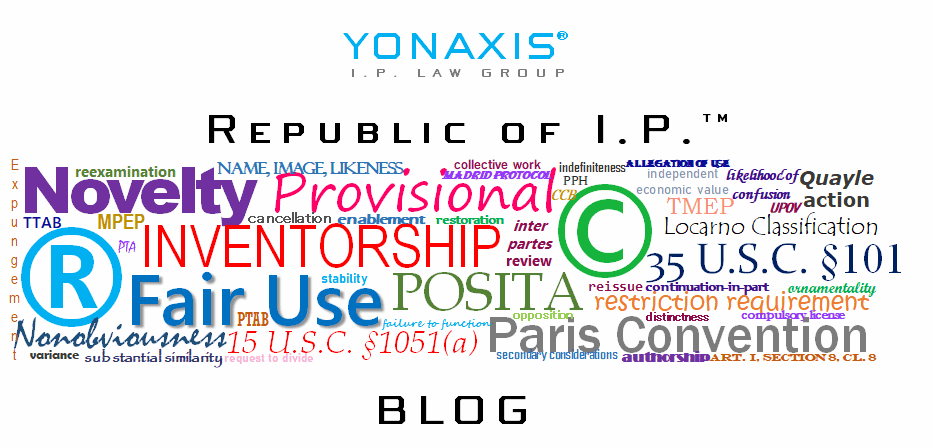Copyright cases require plaintiffs to prove specific elements to establish a valid claim. Understanding these requirements is necessary for both copyright holders seeking to protect their work and defendants facing allegedly infringing allegations. This post examines the fundamental elements of copyright infringement, focusing on the analysis of the copying requirement. Because the Court of Appeals …
Tag: substantial similarity
Understanding the Selection-and-Arrangement Theory in Copyright Law
Introduction In copyright infringement cases, courts must determine whether one work impermissibly copies another’s protected expression. While the widely used “extrinsic test” focuses on comparing specific elements between works, the selection-and-arrangement theory offers a different analytical framework that recognizes that creativity often lies in how creators select, coordinate, and arrange elements—even when the individual components …
Note on the Useful Articles Doctrine in Copyright
Copyright law broadly protects creative works and the human endeavors required to create an original work of authorship. However, creativity should not be confused with utility. A dictionary definition for “creativity” is “ability to make or otherwise bring into existence something new.” A definition for “utility” is “the quality or state of being useful.” A …
